

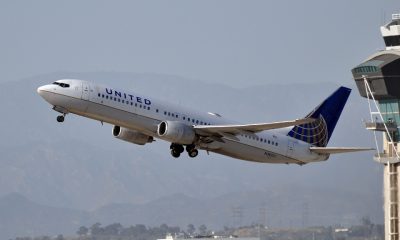

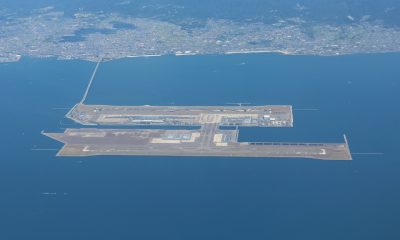

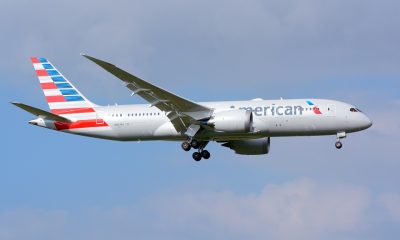

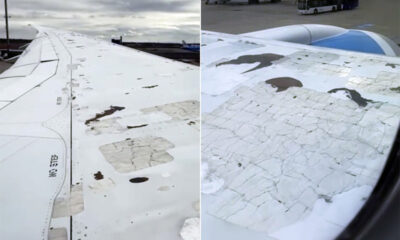











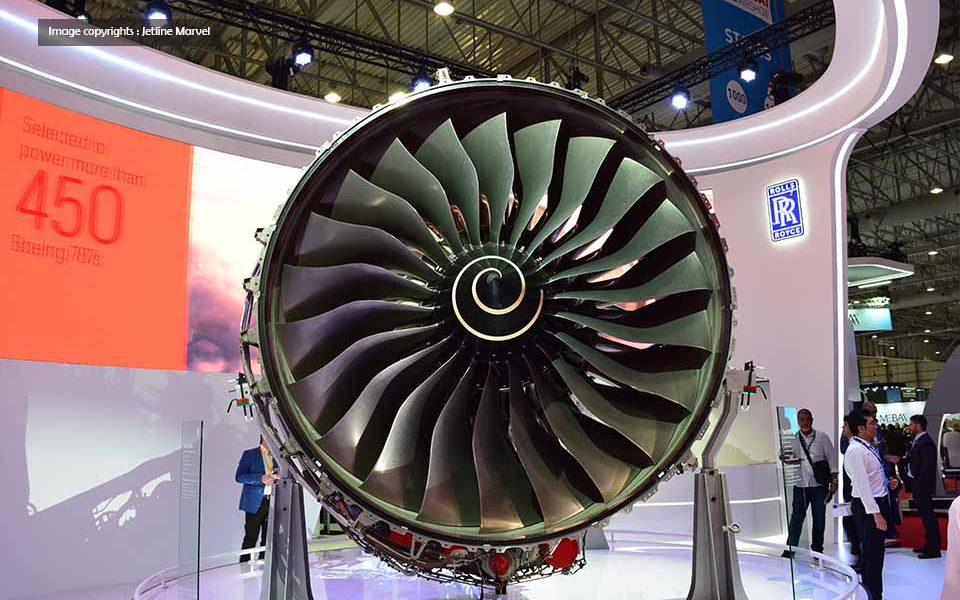
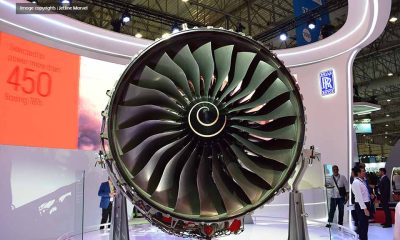

Today, we are embarking on an exciting journey, of aircraft engine. They serve as the backbone, of any aircraft. Effortlessly bearing loads, of up to 100...
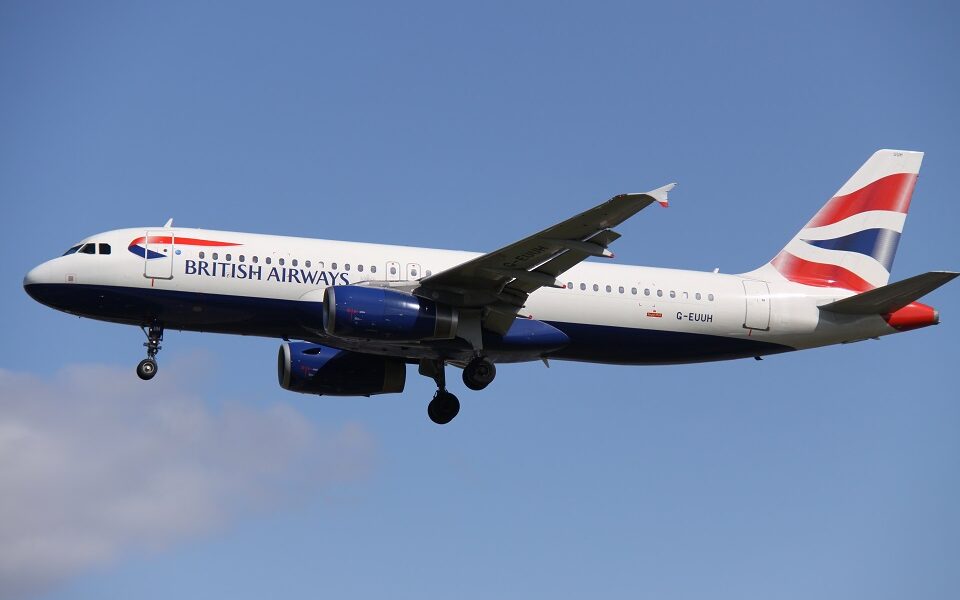
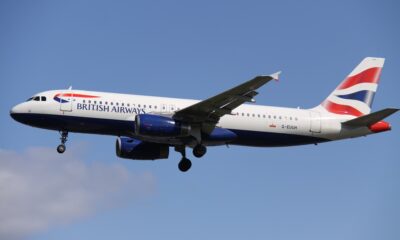

British Airways has rolled out an exclusive status match opportunity, an uncommon move by the airline, aimed at passengers based in the United States and Canada....
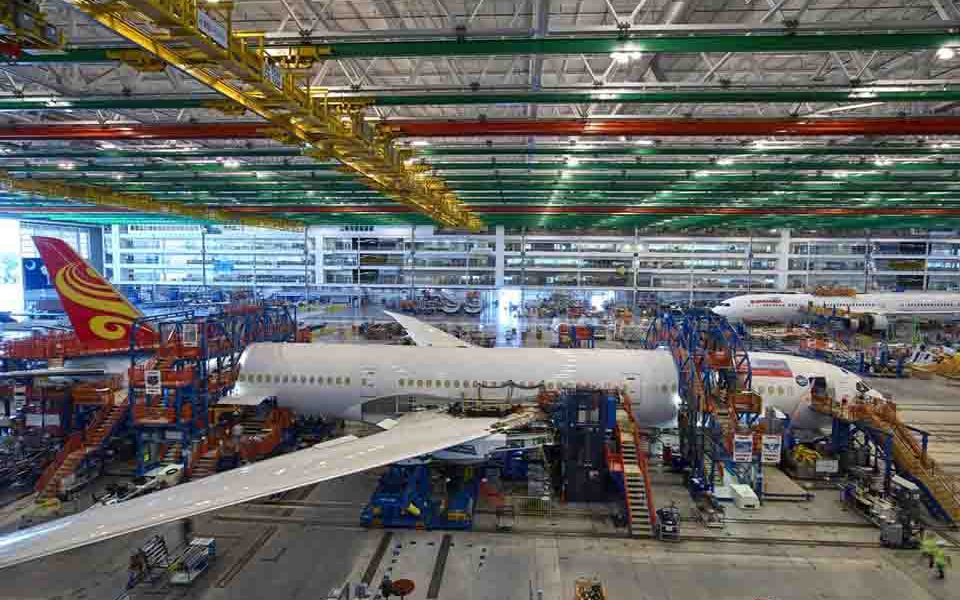
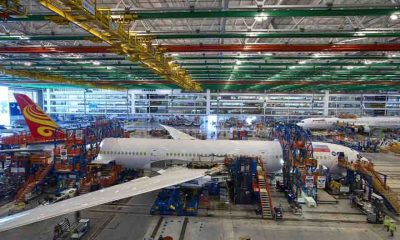

A quality engineer at Boeing, Sam Salehpour, has come forward with alarming allegations regarding the production processes for the company’s 787 Dreamliner aircraft. According to Salehpour,...



Qantas faced backlash after debuting its new 10-minute air safety video on social media, sparking criticism for its length and distracting visuals. The video, shot across...
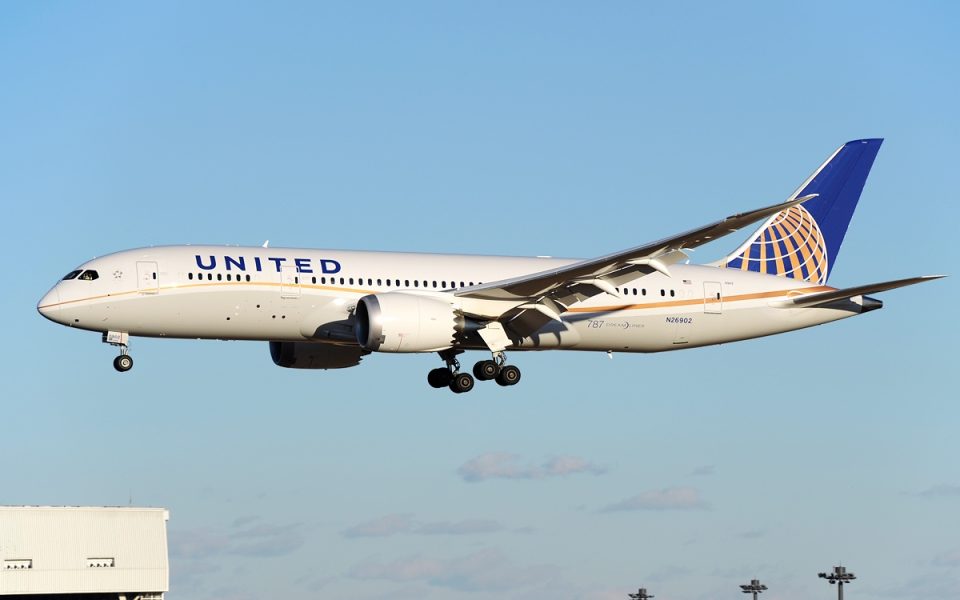


In a bizarre turn of events, a United Airlines Boeing 737MAX-9 flight bound for Seattle from Houston was compelled to divert to Dallas Fort Worth International...
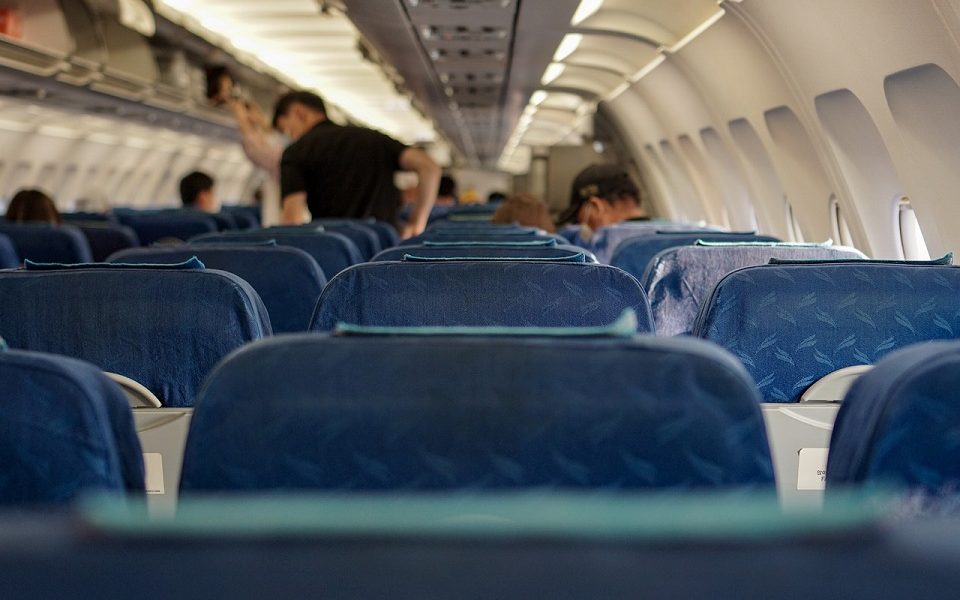
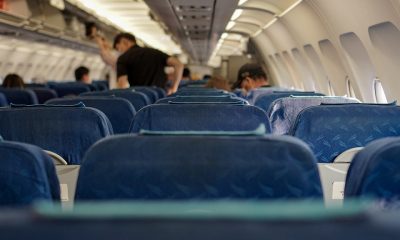

In a bizarre and unsettling incident aboard an Air New Zealand flight from Auckland to Sydney last December, the frustrations of a passenger reached an appalling...
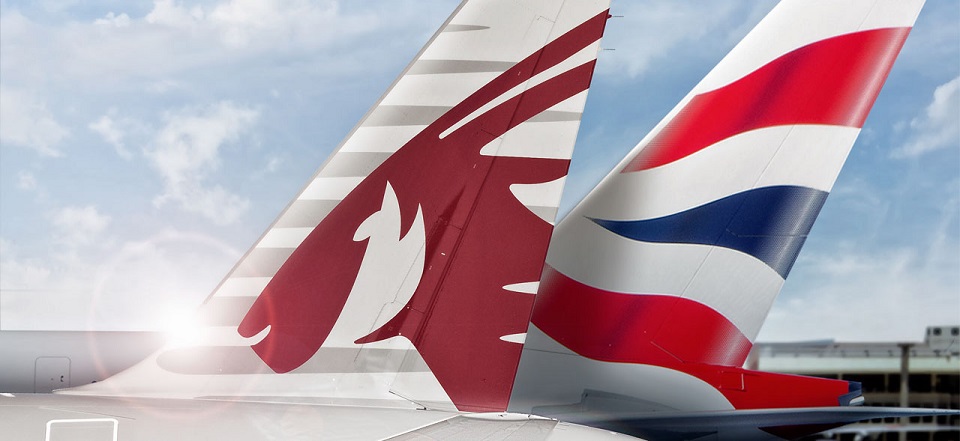
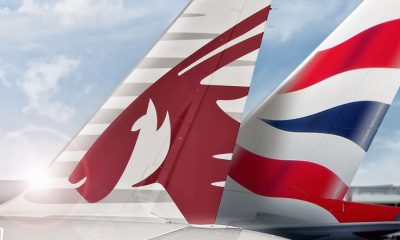

Looking to elevate your travel game? Qatar Airways has just rolled out an enticing offer that’s bound to set your wanderlust alight. For a limited time...
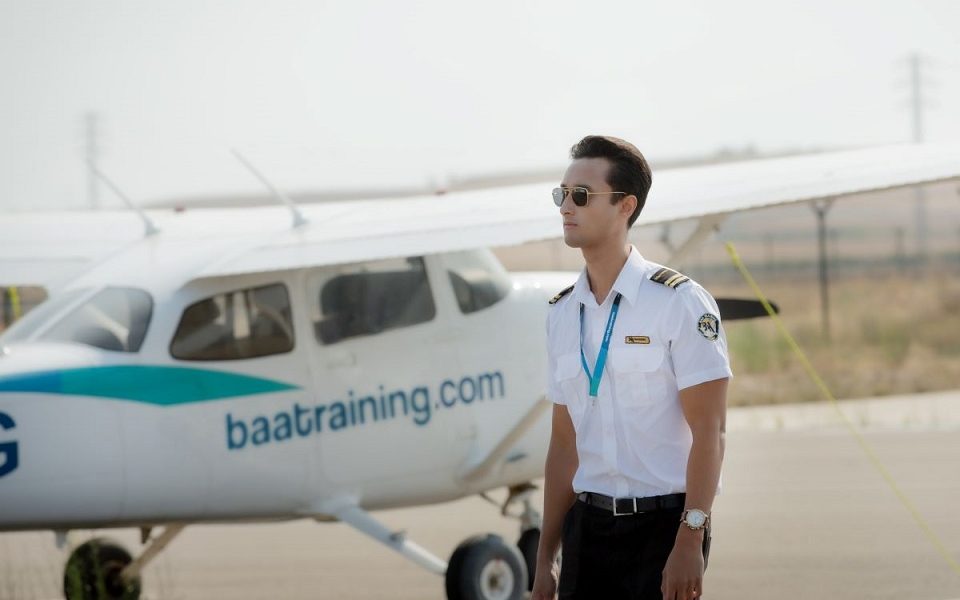
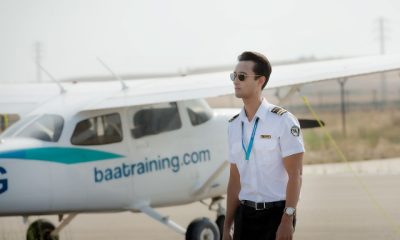

Avia Solutions Group, the leading provider of ACMI services worldwide with a fleet comprising 212 aircraft, has unveiled a groundbreaking initiative in partnership with its subsidiary,...
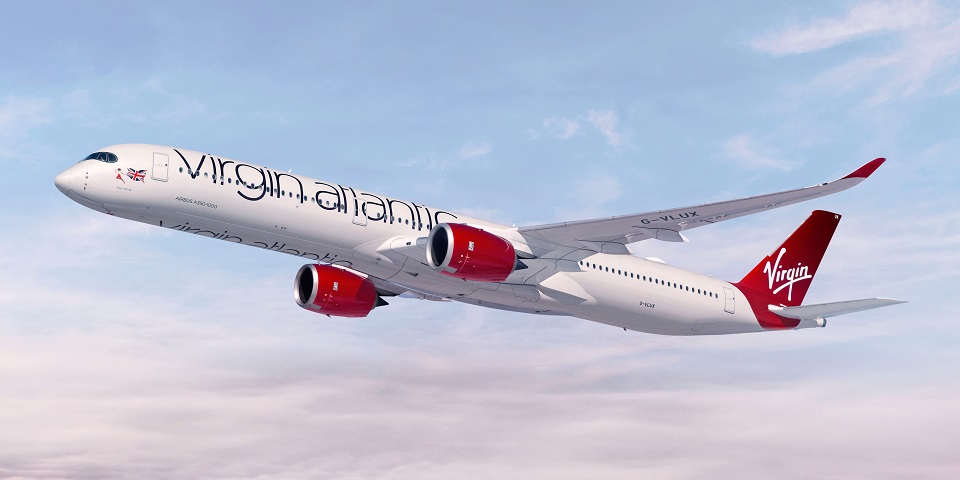
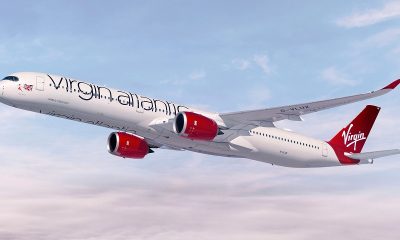

Virgin Atlantic began offering flights to Bengaluru, the Indian startup capital, this week. Bengaluru is a popular destination for US travelers connecting at London Heathrow from...
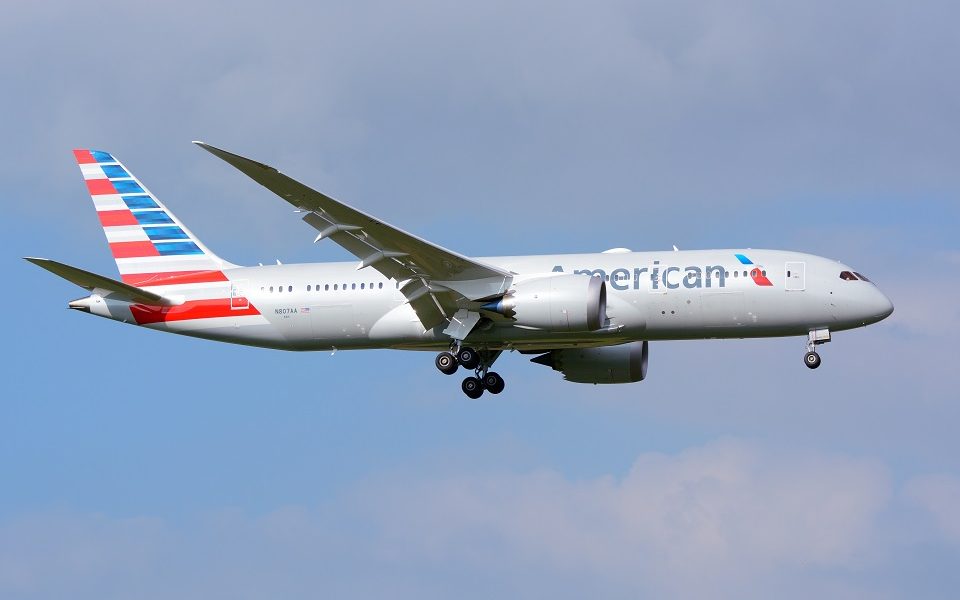


In a startling incident aboard an American Airlines flight bound for Dallas Fort Worth International Airport (DFW), a 23-year-old first-class passenger’s journey took an unexpected turn...